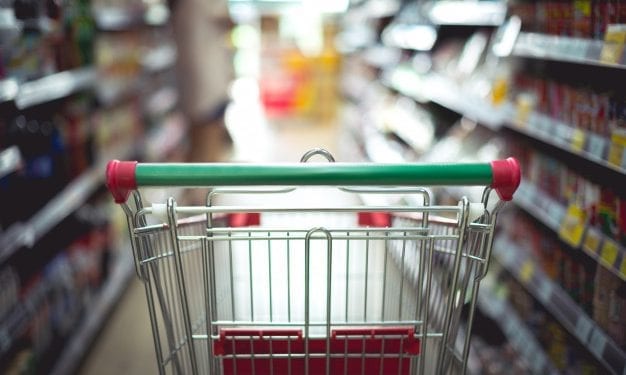The surge in inflation has placed a significant strain on consumers, particularly when it comes to essential goods such as groceries. As food suppliers deal with increased costs, including production and distribution, many have resorted to a classic tactic—decreasing packaging while either keeping costs the same—or in some cases—increasing prices.
The Realities of Shrinkflation
This tactic, referred to as “shrinkflation” is becoming increasingly more common. A recent Guardian article revealed how consumers in the UK are feeling the effects and even noted an example:
Persil now has 75g less washing powder in a box for the same price of about £5, meaning that shoppers now get 37 washes from a pack, down from 40. Tesco cut the weight of its 70p mozzarella cheese pack from 270g to 240g, an effective 12.5% price increase.
For those not paying attention, these changes might slip under the radar. However, for consumers who are looking to stretch their money for as far as it’ll go, this shift may affect household budgets, as well as altar the way consumers plan, shop, and manage their day-to-day expenses.
Drinkflation Is Also Causing a Stir
In addition to cutting down consumer-packaged goods products, many suppliers are also decreasing alcohol content.
A spokesperson for UK brewer Greene King told CNN that they’ve “cut the ABV (alcohol by volume) of its popular Old Speckled Hen pale ale to 4.8% from 5%.” And other brewers in the UK, including Shepherd Neame, have done the very same, according to The Telegraph.
Like shrinkflation, drinkflation is also becoming more common because the components that make up brews—hops, barley, and yeast—are experiencing a price hike that’s reverberating through the beverage industry. To keep prices stable, companies are forced to cut corners, leading to a quantity compromise.
Consumers Are Grappling with Inflation
With rampant inflation in the UK, costs of everyday essentials are skyrocketing. Not only are many consumers struggling with increased debt, but cost-of-living pressures have also forced many to shoplift. In fact, in a survey cited by Metro, 10% of young adults admitted to shoplifting from grocery stores. Separate data form Tink found that many expect their income to reduce even more within the next year.










